Riding My Beloved Air-Cooled Porsche 911 (964) Again After a Long Time
公開日:2019.09.07
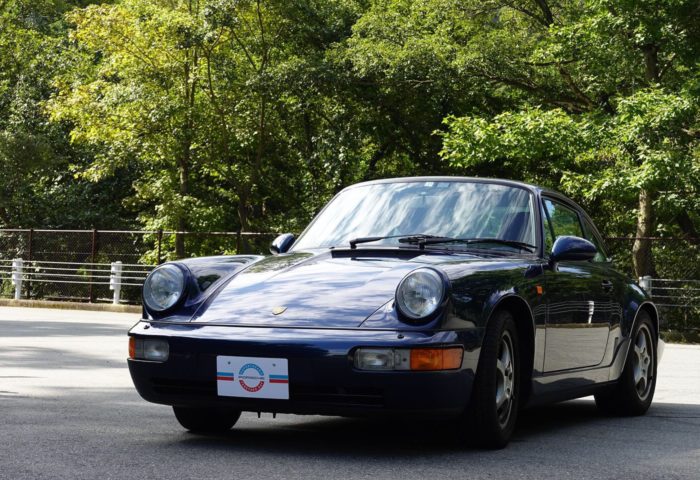
I had put the 964 C2 into summer hibernation by disconnecting the battery during the peak of summer. Now that Obon has passed and it’s gotten a bit cooler, my husband has finally awakened our air-cooled Porsche, and he’s shared his impressions after driving it again for the first time in a while. Please have a look if you’re interested.
Wake up, 964.
Since around this year’s Obon holiday, air-cooled Porsches have started appearing in my dreams, and the withdrawal symptoms have reached their limit. Just as the heat began to ease off recently, we decided it was time to wake the 964 from its summer slumber. (That was quick!)
My beloved air-cooled Porsche, which had been resting since early July, quietly awaited its moment inside the tower parking garage.
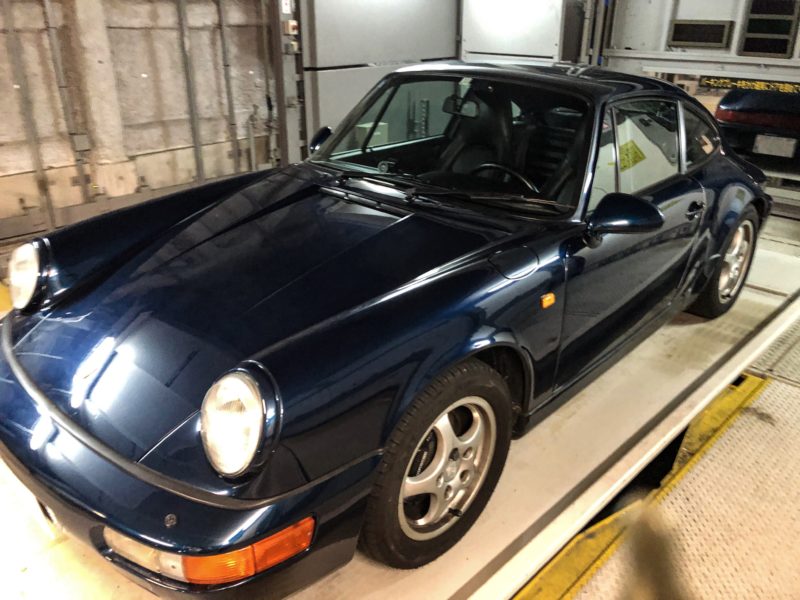
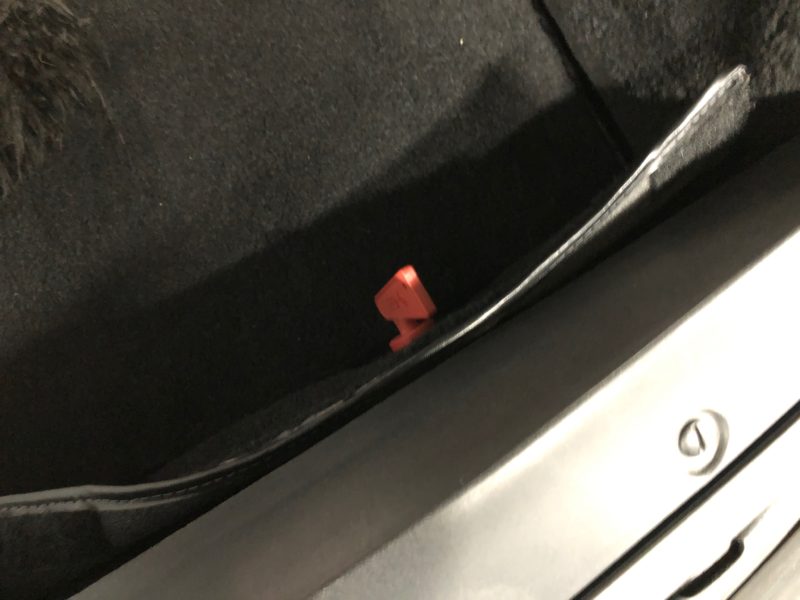
Opening the bonnet, I nervously flipped the main battery switch ON. Instantly, the trunk light came on, and the 911 quietly opened its eyes.
Sitting down in the seat, I turned the ignition ON. Listening carefully to the fuel pump and electrical sounds, I slowly turned the key.
“This baby… it’s alive!”
At that moment, I felt like Amuro Ray.
The starter spun vigorously, and after a slightly longer crank, the flat-six boxer engine woke up as if nothing had happened.
The deep rumble like a large-displacement motorcycle, the vibration of the air, and the unique scent inside the air-cooled Porsche instantly brought back memories with a heartfelt “Ah, this is it!” Even though I hadn’t driven it for only about a month and a half, it felt like much longer.
Driving the 964
I put the Tiptronic into D range and quietly set off. The seat position in this car still never quite feels right, but the solid body and the way it transmits NVH (noise, vibration, and harshness) firmly over larger bumps remind me that I’m truly “piloting” this machine.
Trying the handling after a long time, the steering feels heavy at town speeds, the front end is mild, and it doesn’t feel particularly nimble. Someone with no sports driving experience would probably just see it as a sluggish car.
However, with subtle throttle modulation and careful braking, the 964 can be driven in any way you want. The car’s dynamic performance directly reflects the driver’s skill, and when you pay attention to weight transfer, it’s incredibly fun.
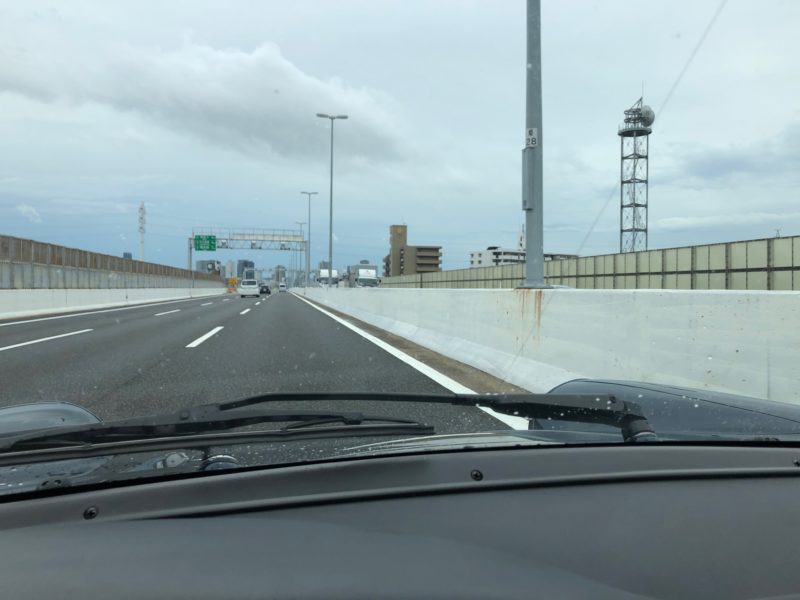
Even something as simple as a lane change feels different depending on whether you keep the throttle steady or briefly lift off just before steering.
Having driven the GT3 a lot recently, this contrast feels even stronger: compared to Porsches of this era, today’s 911 feels almost like a mid-engine car. Of course, when driven sporty, you can tell it’s rear-engine, but in everyday driving, you hardly notice it. Just turn the wheel without thinking, and it corners cleanly.
I’d like to write a detailed comparison between water-cooled and air-cooled 911s when the time is right.
Touring in the Air-Cooled Porsche This Fall
After waking it from summer hibernation, it rained for several days, so I couldn’t drive it much. But today the rain stopped, and I took the air-cooled Porsche to work for the first time in a while. I deliberately cracked the windows a bit and drove slowly, listening to the engine. I always feel that one of the unique traits of air-cooled Porsches is how the ride and driving feel can change depending on the day.
If you measured the data precisely, maybe nothing would have changed, but somehow the ride quality seems subtly different each day.
On this day, the ride was very smooth and mild, and on well-paved roads, it glided along like it was rolling. Bathing in the morning sun, I drove east on the Hanshin Expressway Kobe Route. At the merge, I switched the Tiptronic to manual mode and accelerated in 2nd and 3rd gears. The engine sound, which was pulsating in the city as a “drrooo” rumble, shifted to a “bwooon,” then to a continuous “shaan!”—a beautiful sound that quickly blended the car into the flow of traffic.
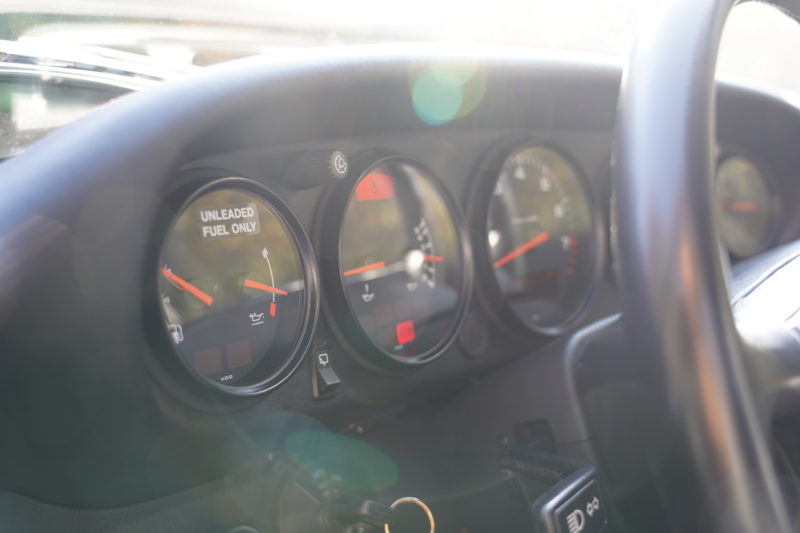
I think the air-cooled engine sound I heard after a long time is incredibly layered. Engine sounds in general are polyphonic, with a wide range from ultra-low to ultra-high tones that continuously change their balance depending on RPM. Among them, the air-cooled Porsche’s engine sound has an even wider range, mixing explosion sounds, exhaust, tappet noise, intake, and gear sounds directly to create that unique tone.
As I neared the office, I reluctantly parked my beloved air-cooled Porsche, thinking, “Already over…” and feeling the usual bittersweet end to my commute drive.
Before autumn, I plan to carry out some maintenance and go touring with this beauty in top condition.
このブログが気に入ったらフォローしてね!


Comment ( 0 )
Trackbacks are closed.
No comments yet.